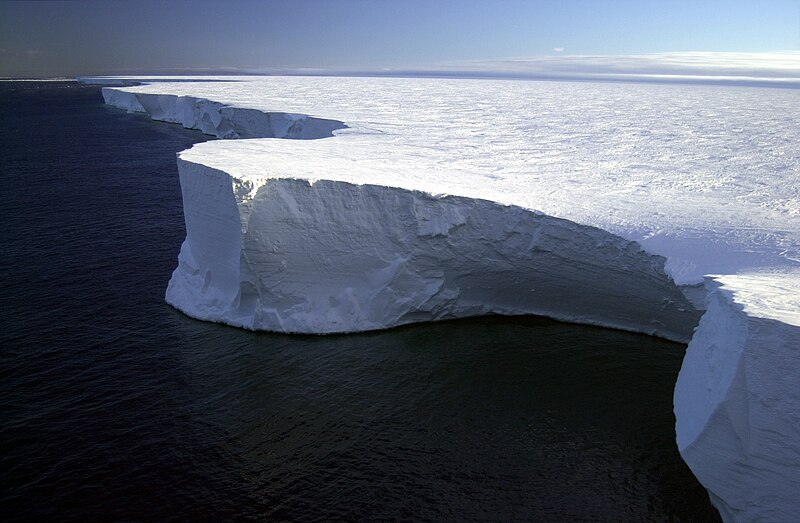Fil:Research on Iceberg B-15A by Josh Landis, National Science Foundation (Image 4) (NSF).jpg

Storleik på førehandsvising: 800 × 523 pikslar. Andre oppløysingar: 320 × 209 pikslar | 640 × 418 pikslar | 1 024 × 669 pikslar | 1 280 × 837 pikslar | 1 995 × 1 304 pikslar.
Opphavleg fil (1 995 × 1 304 pikslar, filstorleik: 1,35 MB, MIME-type: image/jpeg)

Følgjande er henta frå filomtalen åt denne fila på Wikimedia Commons:
Filhistorikk
Klikk på dato/klokkeslett for å sjå fila slik ho var på det tidspunktet.
| Dato/klokkeslett | Miniatyrbilete | Oppløysing | Brukar | Kommentar | |
|---|---|---|---|---|---|
| gjeldande | 11. september 2007 kl. 02:12 |  | 1 995 × 1 304 (1,35 MB) | Flickr upload bot | Uploaded from http://flickr.com/photo/39735679@N00/435955203 using User:Flickr upload bot |
Filbruk
Den følgjande sida bruker denne fila:
Global filbruk
Desse andre wikiane nyttar fila:
- Bruk på de.wikipedia.org
- Bruk på en.wikipedia.org
- Bruk på en.wikivoyage.org
- Bruk på es.wikipedia.org
- Bruk på fa.wikipedia.org
- Bruk på fr.wikipedia.org
- Bruk på he.wikipedia.org
- Bruk på hy.wikipedia.org
- Bruk på id.wikipedia.org
- Bruk på ja.wikipedia.org
- Bruk på lt.wikipedia.org
- Bruk på nl.wikipedia.org
- Bruk på pl.wikipedia.org
- Bruk på pt.wikipedia.org
- Bruk på sr.wikipedia.org
- Bruk på th.wikipedia.org
- Bruk på uk.wikipedia.org
- Bruk på www.wikidata.org
- Bruk på zh.wikipedia.org
